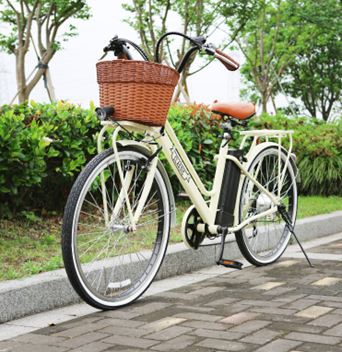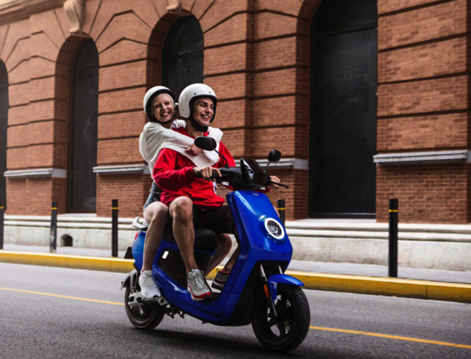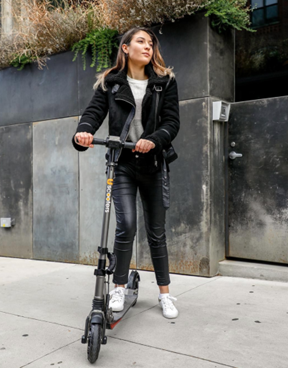With electric-powered personal transportation methods becoming so popular recently, you may be wondering what the differences are between e-bikes, e-scooters, and e-mopeds. While these are all two-wheeled vehicles, they differ in their capabilities, features, and even legal requirements.
Continue reading as we dive deeper into what sets each of these vehicles apart from each other, and even explain how you can find the right one to fit your needs!
E-Bikes, E-Mopeds, and E-Scooters: Defined
Before we can discuss what makes each of these transportation methods different from one another, let’s go ahead and briefly define what they each are.
What is an E-Bike?

An e-bike is an electric bike that is defined by Congress to have working pedals, a motor less than 750 watts, and a max speed of 20 mph from the motor alone. Different states have different regulations when it comes to licensing, age minimums, and helmet laws, so riders should verify what the local laws are in their area.
What is an E-Moped?

An electric moped is powered by a battery instead of gas like standard mopeds. Typically, e-moped drivers will need to be licensed and have insurance coverage, in addition to having the proper registration.
What is an E-Scooter?

An e-scooter looks like a standard kick scooter that you may be familiar with, though it has a motor to propel the rider forward. They aren’t highly regulated, though there may be restrictions state-to-state around where e-scooters are allowed to be driven.
How do E-Bikes, E-Mopeds, and E-Scooters Differ?
Now with a better idea of what each of these electric personal vehicles are, we can take a look at how their features stack up against each other.
Velocity & Speed: An e-moped will go faster than an e-bike or e-scooter, generally topping out around 30 mph while an e-bike is limited to around 20 mph, and an e-scooter even less
Legal Requirements: E-mopeds will likely need to be registered with the local clerk’s office and drivers will need a valid license and insurance, while these are typically not requirements for e-bike or e-scooter users
Terrain Capabilities: E-bikes are the best suited for trail riding and rougher terrain, while e-mopeds and e-scooters are better on flat, paved surfaces
Power Source: Both e-bikes and e-scooters require riders to put out some level of physical exertion to get them going, while an e-moped can be powered on with a button
Limitations: Since e-mopeds are classified as motor vehicles, they are unable to be driven in the bike lanes or on sidewalks, while e-scooters and e-bikes can
Should I Buy an E-Bike, E-Moped, or E-Scooter?
The choice between each of these vehicles will come down to personal preference and what you intend to use it for. Let’s briefly discuss when each of these options might be best:
E-bike: Can be used for fun and recreation, or for practical purposes like getting to and from work. E-bikes are a great mix of travel efficiency and physical exertion, and can be used by the whole family.
E-moped: Great for weaving through traffic and getting to and from places efficiently, like commuting to work or running errands. Riders will need to have a driver’s license, insurance, and registration, so it may not be best for younger riders.
E-scooter: Perfect for efficient sidewalk riding and quickly traveling short distances. Not the best for long journeys or riding on roadways, but can be used by riders of all ages and abilities.
The good news is that no matter which option you choose, Jolta has the perfect ride for you. With a large collection of e-mopeds, e-bikes, and e-scooters, you can find the right electric vehicle to meet your needs. Shop Jolta today for all your electric transportation needs and visit with one of our experts.

